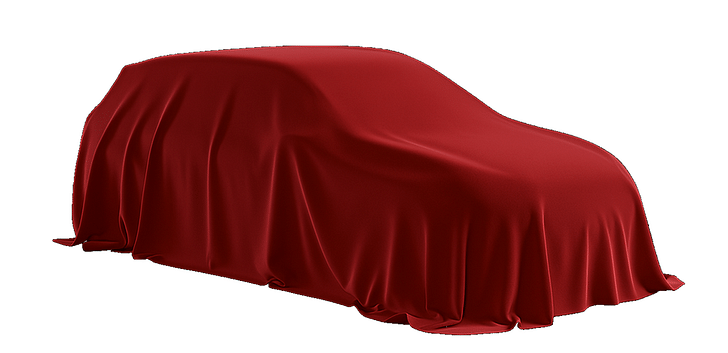Honda Bikes Africa Twin
₹16.36 - ₹17.15 Lakh
On road price, Delhi
Delhi
Starting₹23,651 /month
EMI calculator
Honda Bikes Africa Twin Features and specifications
Fuel Type
Petrol
Transmission
To be revealed
Seats
2
Body Style
Classic
Honda Bikes Africa Twin price & variants
VariantsOn road price
Honda Bikes Africa Twin mileage
| Fuel type | Displacement | Transmission | Mileage |
|---|---|---|---|
| Petrol | 1084 cc | To be revealed | NA |
Honda Bikes Africa Twin Images

Upcoming Image
Honda Bikes Africa Twin Colours
#050505
Linear-gradient(#ffffff 50%, #025783 50% )
Can't decide which car to buy?
Ask our experts and get answers to all your car related queries.
